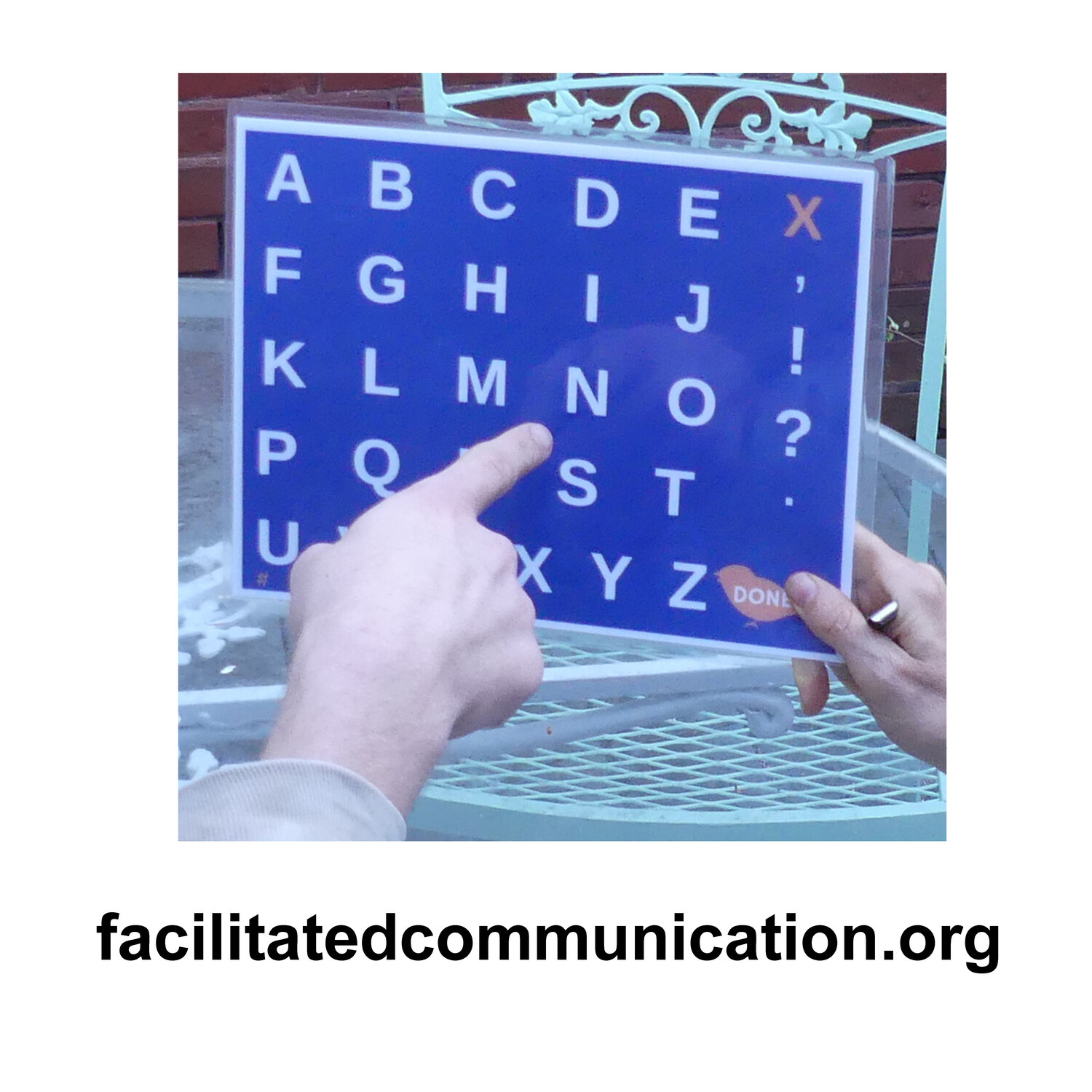“She understands everything you say”—a myth that promotes FC
The autism movie I watched last week was not an FC movie, but it nonetheless raises a red flag that flies in that general direction. The movie, Music, came out a few months ago and features a non-speaking autistic girl—Music—who is played, controversially, by the non-autistic Maddie Ziegler.
This sort of “neurological appropriation” does not bother me (nor does it bother my autistic son, who recently watched Rain Man with me). Nor was I bothered by the scenes in which Music was pinned down on the ground and restrained. Both Ziegler’s performance, and the restraint scenes, struck me as believable and realistic—and, where autism is concerned, we can always use more realism.
I felt differently, however, about the fantasy of a neighborhood full of friendly people who all have Music’s back as she, otherwise unaccompanied, embarks on her daily walk along city streets, past vendors, and into the stacks of the local library. For many of us autism parents, a different reality is more common: one of unfriendly stares, reprimands, and, often, outright intolerance that is less Hilary Clinton’s “village” and more Jean-Paul Sartre’s “Hell is other people.”
But the biggest piece of misinformation in Music—the one that points towards FC—comes during a discussion of how Music’s mind works. She’s hypersensitive to sound. Fine. Her mind takes a snapshot of everything she sees. Fine. These claims at least are consistent with what some verbal autistic people tell us about their experiences.
But: “She understands everything you say.” Sorry, but that’s highly unlikely.
It’s of course difficult to assess just how much a non-verbal person with autism comprehends—for the simple reason that such individuals don’t respond verbally when talked to. But as soon as you shift into the verbal part of the autism spectrum, to individuals who can speak and/or independently write/type at least a few words in response to what others say to them, it’s clear that comprehension deficits are significant. Not only that, but the more impaired the person’s expressive language is, the more impaired their comprehension tends to be. Comprehension is therefore likely to be especially low among non-verbal children.
Indeed, studies have shown that language comprehension tends to be a relative weakness in autism spectrum disorders, as compared with language expression.[1]
That doesn’t stop people from imagining otherwise—even people who should know better. At least one or two autism professionals have insisted, over the years, that my son understands more than I think he does. No, I’ve quietly thought to myself, he actually understands less. It’s only been in recent years that I’ve seen evidence of him understanding words that weren’t explicitly taught to him—and even now there are surprises. I recently discovered, for example, that this bright young man, who is currently in college finishing up a double major in math and computer science, had never picked up on the anatomical meanings of “thigh” and “calf.”
How does all this relate to Facilitated Communication?
When it comes to facilitated communication—whether it’s traditional FC/”supported typing”, or S2C/RPM/”typing to communicate”—the notion that non-speaking individuals “understand everything you say” is axiomatic. Indeed, not only do these individuals supposedly understand everything you say, but they have understood everything for years. How else can you explain all the sophisticated vocabulary and wisdom about how the world works that suddenly bursts out once someone starts “supporting” their wrists or holding up a keyboard to their index fingers?
In contrast to the FC world, Music doesn’t make much of “she understands everything you say”. The statement is fleeting and has no obvious follow-up. But for that very reason, it strikes me as a sign of how ingrained this notion has become in the popular conception of autism—
a conception that, I suspect, is increasingly being shaped by the non-scientific version of autism put out by the FC Industrial Complex.
1. Tager-Flusberg, et al. 2014. Language and Communication in Autism. In Handbook of Autism and Pervasive Developmental Disorders, 4th edition.

